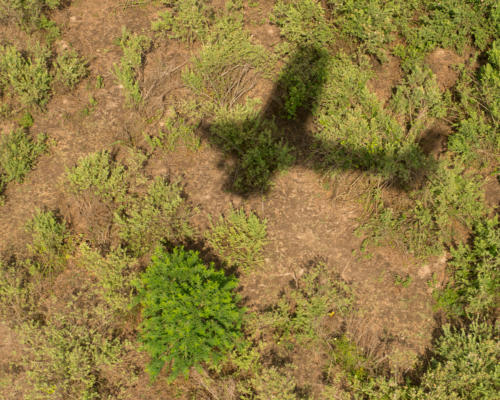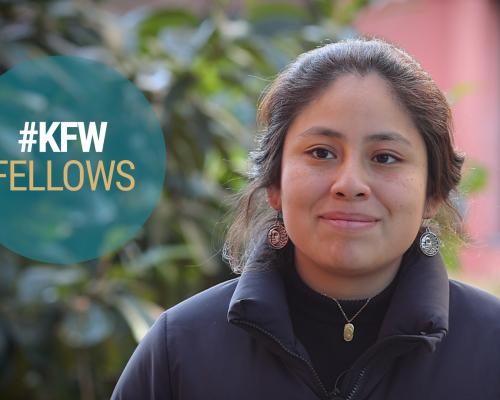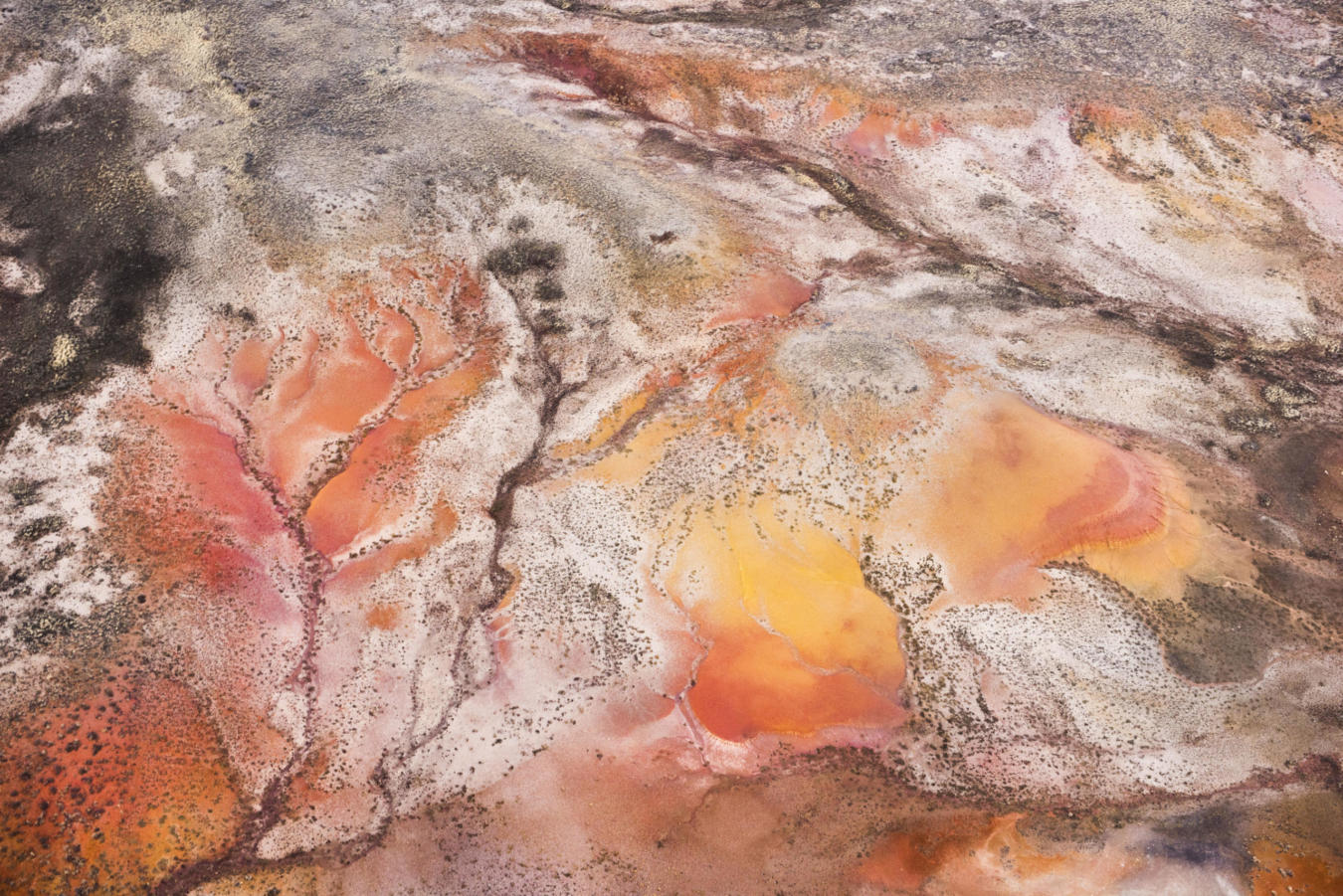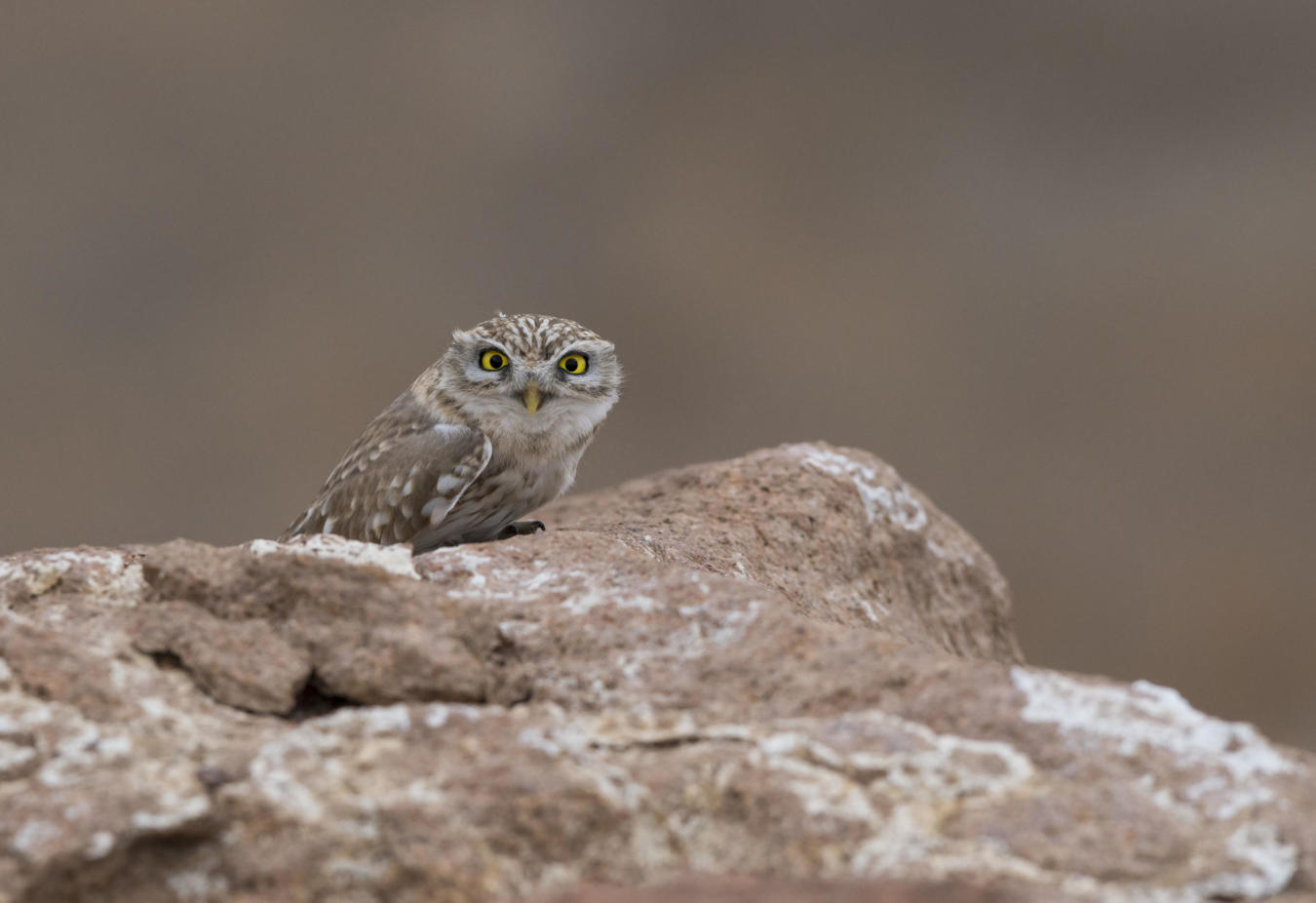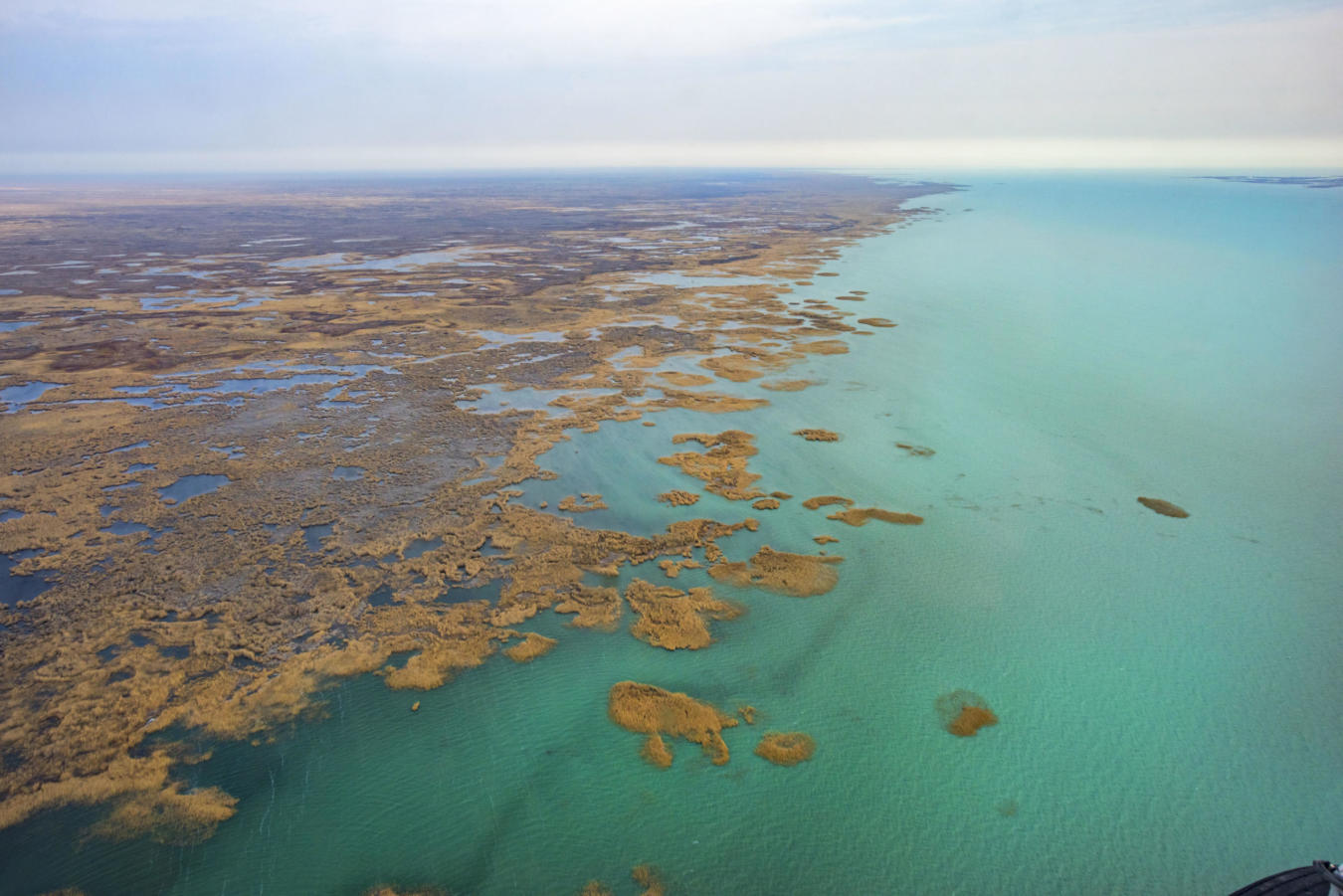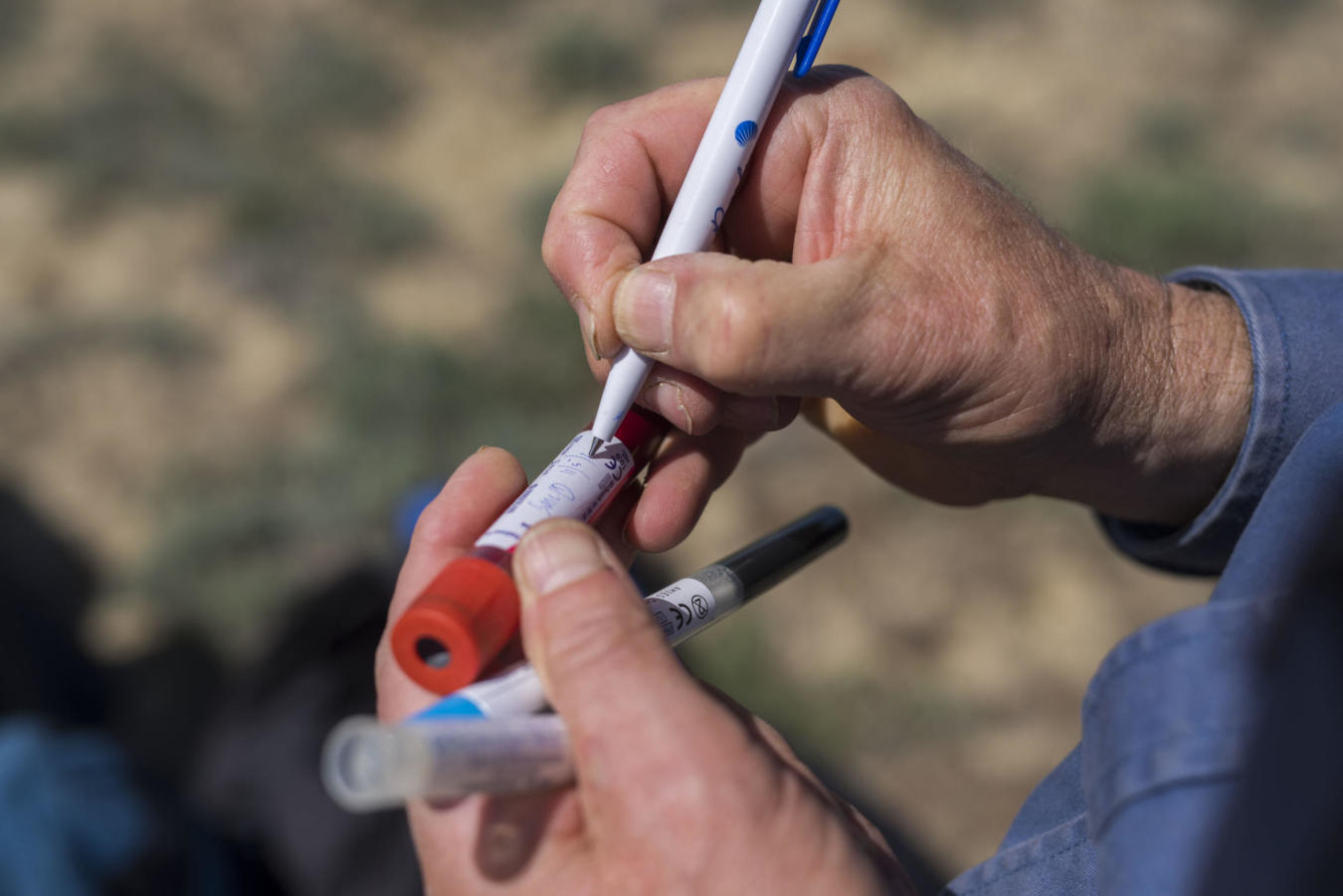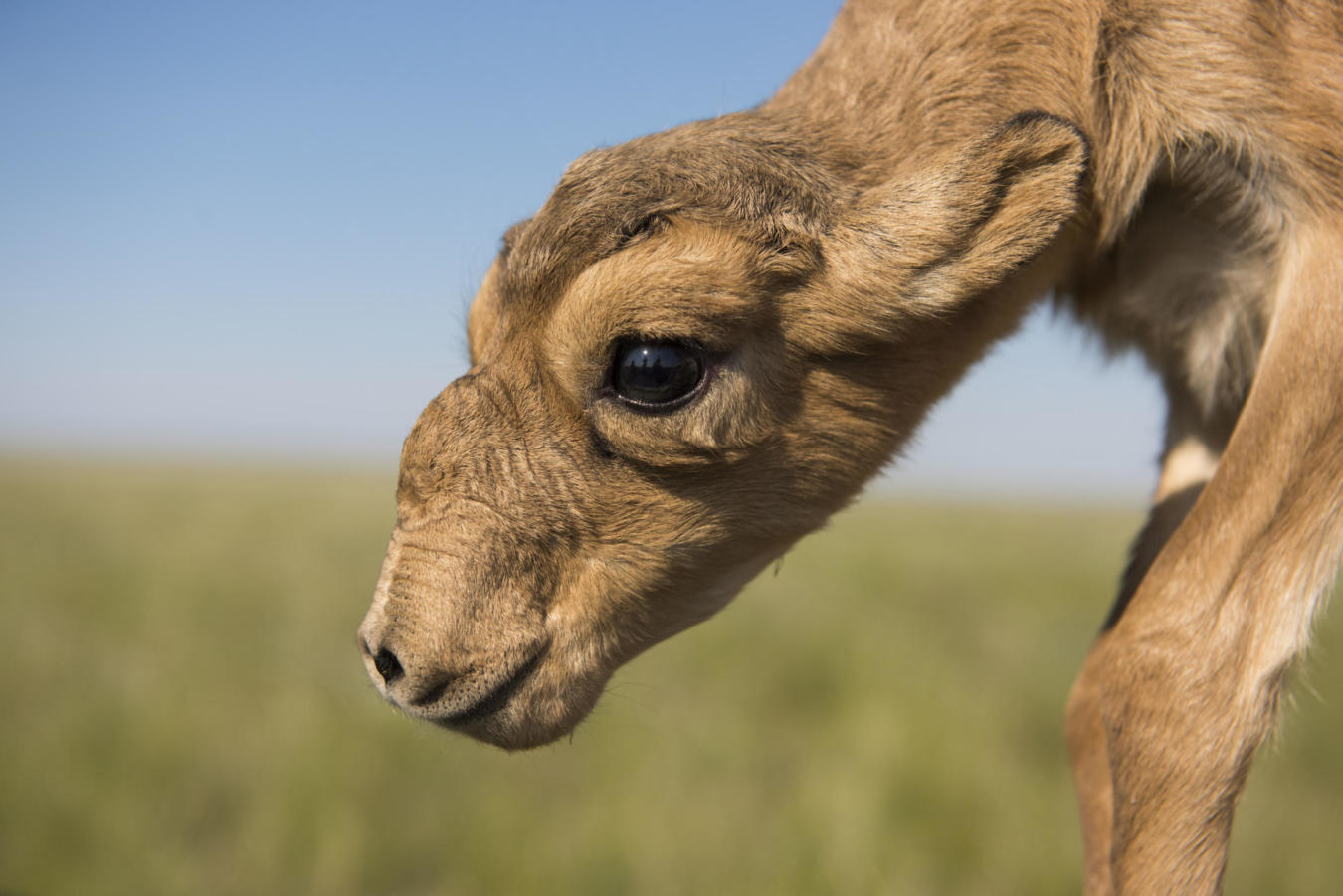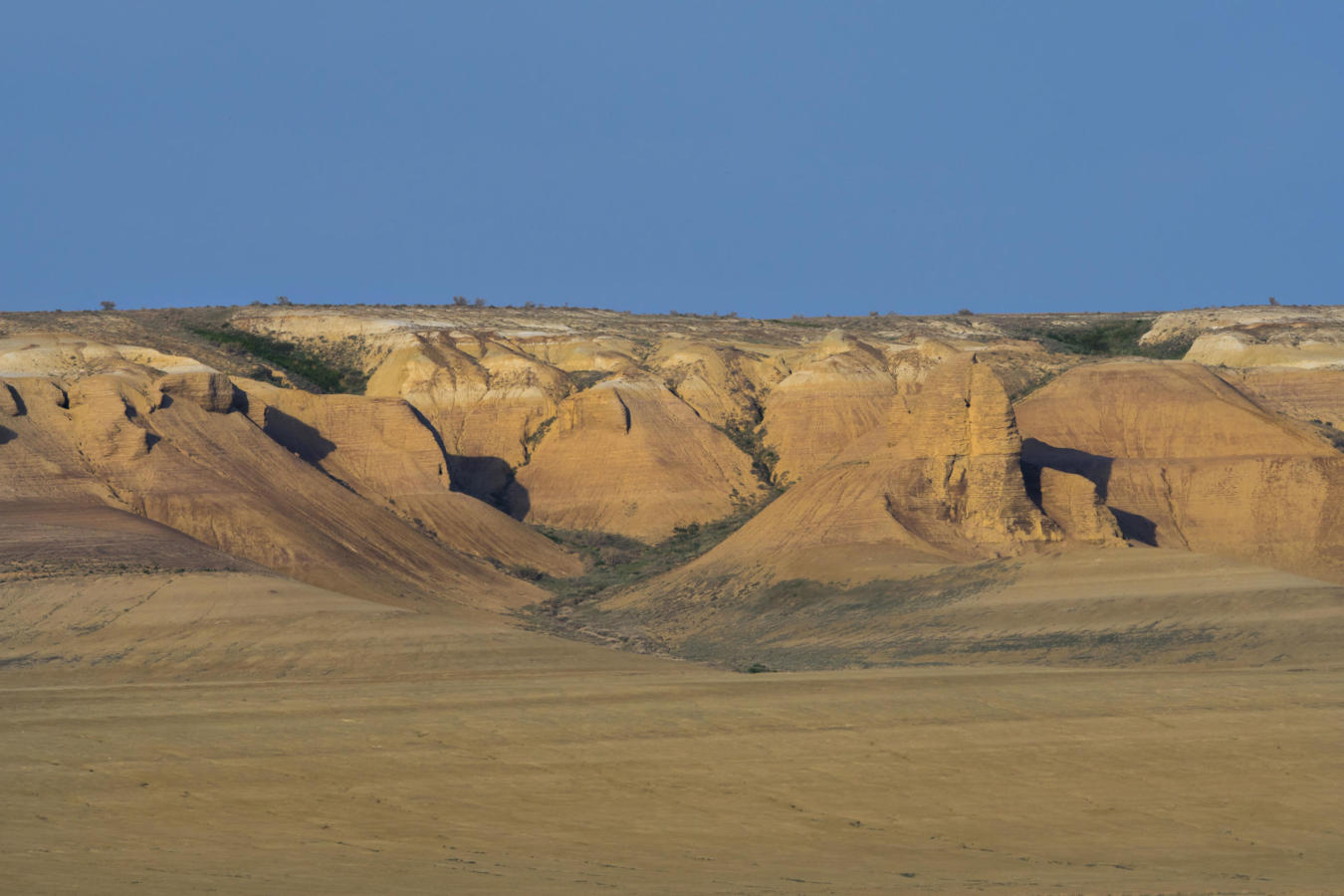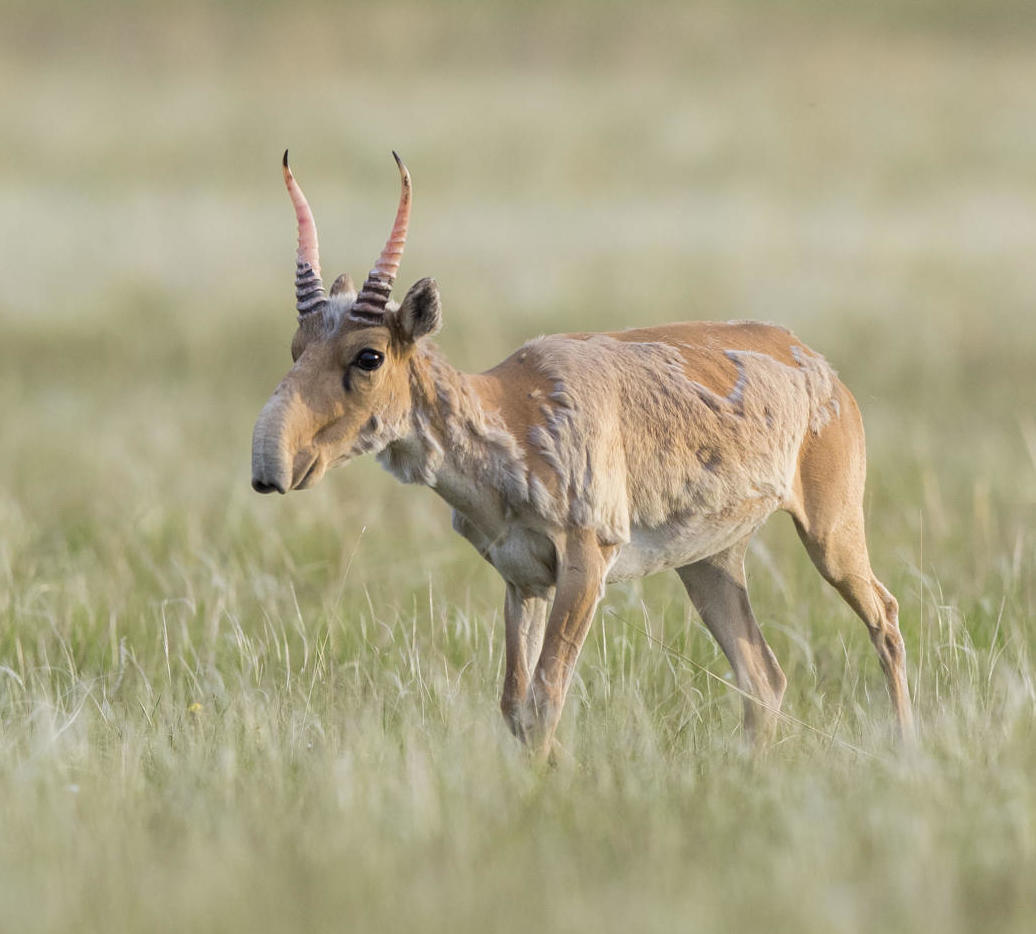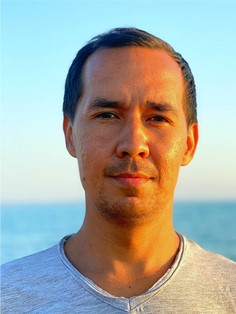Results from a survey by the Government of Kazakhstan show that saiga antelope populations have bounced back, now at nearly a million animals.

Kazakhstan is home to some of the most under-protected biomes globally and an extremely diverse collection of landscapes for one country. However, as the ninth largest country in the world, this is perhaps unsurprising. The habitats shift from forest in the north to steppe, semi-desert, and desert further south, forming the rangelands of the saiga antelope which make the most impressive migratory journeys in the Northern Hemisphere.
To the west is the Ustyurt plateau, where Persian leopards can be sighted, and the Caspian Sea, with its mudflats providing ideal feeding and resting places for very large numbers of waterbirds and waders, while its craggy cliffs support a high density of raptors.
In the east is the Altai taiga forest and to the south, the elusive snow leopard roams the high peaks of the Tien-Shan mountains. Kazakhstan sits in the center of the Central Asia Flyway, providing critical wetland stopover sites used by more than 300 bird species, many threatened with extinction.
- Intensive and regular monitoring of key species and habitats throughout the year
- Conducting high-quality research, including saiga telemetry, to understand species needs and threats
- Locating, mapping, and justifying the designation of the most suitable land conservation regimes
- Equipping and strengthening the capacity of rangers
- Running workshops and environmental education programs
- Addressing illegal wildlife trade
- Supporting the restoration of the historic assemblage of species like saiga antelope, Asiatic wild ass (kulan) and Przewalski’s horse
.
-
 Kazakhstan
Kazakhstan
Altyn Dala
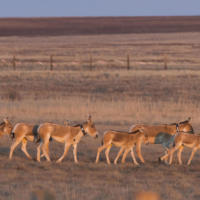
The first cohort of nine kulan were reintroduced into Central Kazakhstan and Kazakhstan’s saiga population bounces back to over 300,000 individuals after the mass die-off.
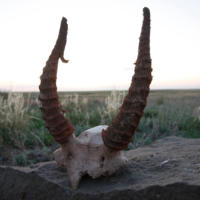
Betpak Dala saiga antelope mass die-off of more than 200,000 individuals ~88% of the national population and ACBK becomes a full partner in the BirdLife International NGO network.
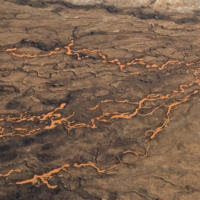
Almost 2.5 million hectares of the new protected area was established in our target region including the first ecological corridor in Central Asia: the Yrgyz-Torgai-Zhylanshyk Ecological Corridor ~2 million ha
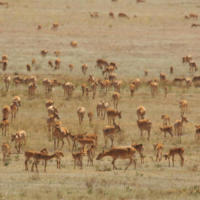
Kazakhstan’s saiga population reached a size of more than 250,000
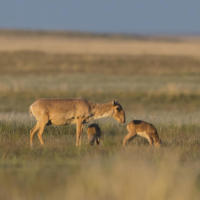
ACBK leased two hunting areas that were particularly important in terms of saiga calving and migration (340,000ha)

Over 1.5 million hectares of new protected area was established in our target region
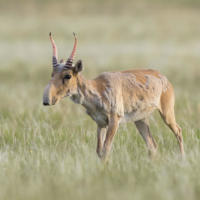
The Altyn Dala Conservation Initiative was co-founded by FZS
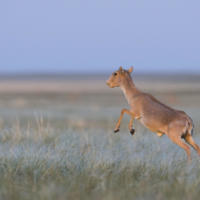
Our Kazakh partner, the Association for the Conservation of Biodiversity of Kazakhstan (ACBK) was established
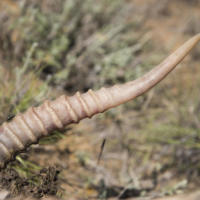
Global saiga population declines more than 90% through heavy poaching for sale of horns and consumption of meat

The collapse of the Soviet Union brought the collapse of strict hunting control system for saiga and rural poverty







